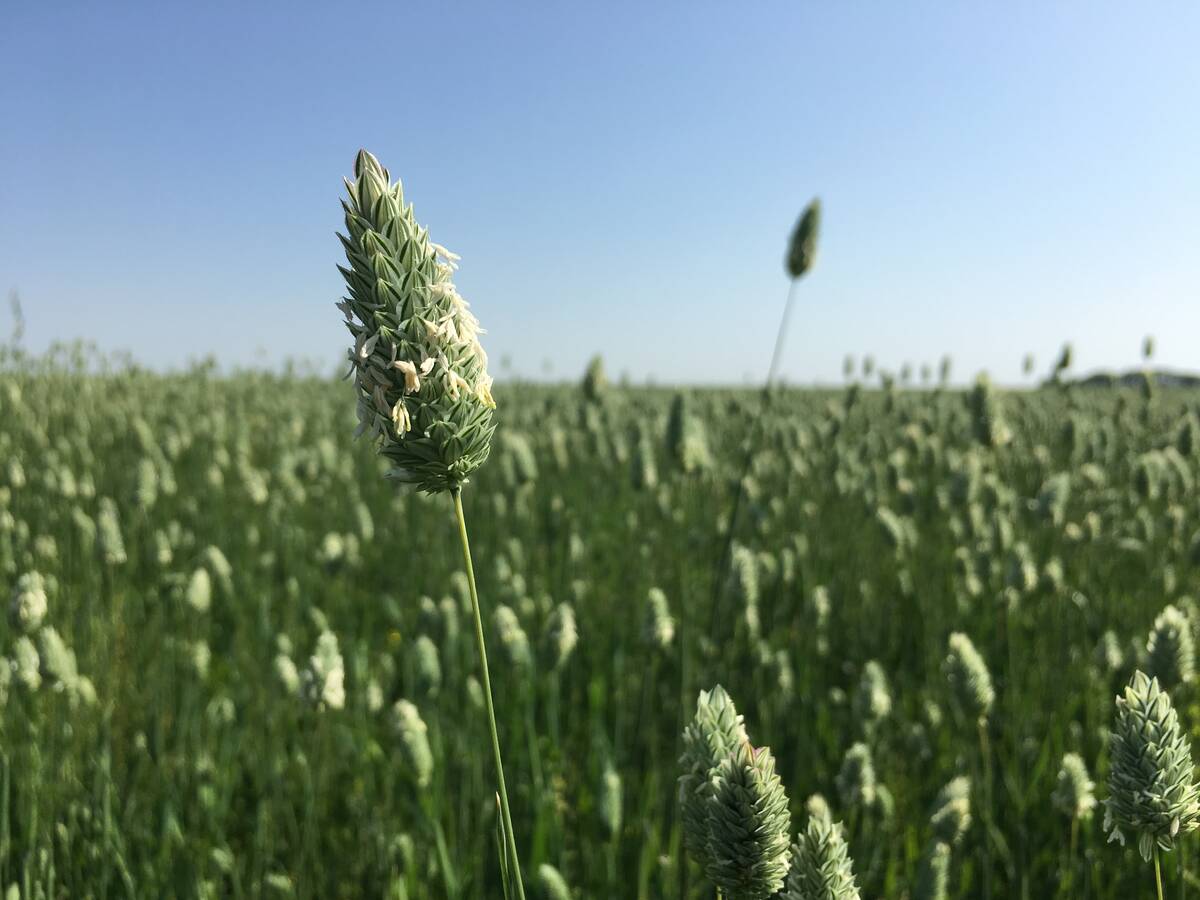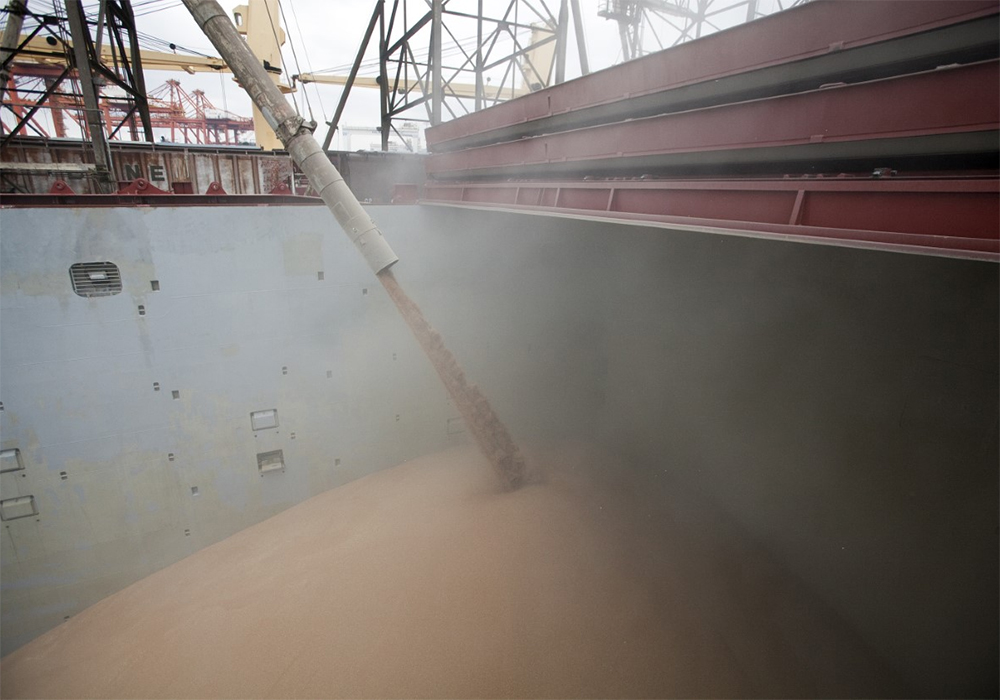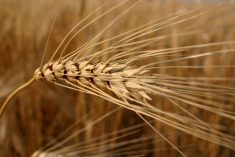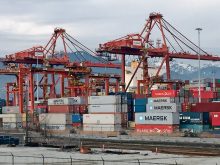A senior USDA official takes a deep dive into how China manages its complicated wheat tariff rate quota program
China filled its wheat tariff rate quota last year for the first time since joining the World Trade Organization in 2001.
The country bought 9.72 million tonnes of the crop, which is slightly above its TRQ of 9.64 million tonnes.
Wheat imported under the TRQ is assessed a one percent tariff. Anything beyond that volume faces a 65 percent tariff, which essentially eliminates all non-TRQ trade.
Imports over the past decade have typically been in the three to five million tonne range but they jumped to 8.4 million tonnes in 2020 and then to 9.72 million tonnes last year.
Read Also

No special crop fireworks expected
farmers should not expect fireworks in the special crops market due to ample supplies.
Australia and the United States were China’s largest suppliers, each shipping about 2.7 million tonnes to the Asian giant. Canada was in third with sales of 2.54 million tonnes.
“China has become our number one market and they’ve been in that spot for the past few years,” said Daniel Ramage, director of market access and trade policy with Cereals Canada.
“We’ve been seeing continued growth in demand from China.”
He attributes that in a large part to China’s growing recognition and understanding of Canadian crop quality.
China is the world’s leading wheat producer and it is using high protein Canadian wheat to supplement the quality profile of its domestic crop.
“We’ve been working closely with COFCO and engaging with them on promoting Canadian quality and providing information about the value Canada can provide,” said Ramage.
There have also been some policy changes on how China administers its wheat TRQ that have been helpful, he said.
Fred Gale, senior economist with the U.S. Department of Agriculture’s Economic Research Service, took a deep dive into China’s TRQ program in a recent article published on the ERS website.
He noted that China’s growing imports are still a tiny fraction of the country’s total wheat use of 145 million tonnes.
Gale attributed the surge in imports in 2021 to yet another market factor. China’s feed and residual wheat demand increased by 21 to 22 million tonnes in 2020-21.
The feed demand was largely met from sales of government wheat reserves, while the imported wheat was mainly used by flour mills and food processors.
Wheat flour is used in many Chinese staples such as steamed bread, noodles, scallion-filled pancakes, deep-fried dough and dumplings.
China lifted its government monopoly on imports when it joined the WTO but 90 percent of the wheat imported under the TRQ is set aside for users who must import through COFCO, the same state trading enterprise that managed the former monopoly, said Gale.
Companies interested in importing wheat must apply for the quota in September of the year before they intend to import. A central government agency picks the successful applicants and distributes TRQ certificates before January.
China began publishing lists of quota applicants in 2015, although it doesn’t publish how much quota was requested or received.
The number of applicants has ranged from a low of 347 in 2020 to a high of 475 in 2017. The applicants are flour mills, food processors, traders and a handful of feed mills.
“Most applicants for wheat quota are privately owned mills that were established several decades ago to mill local wheat,” he said.
Applicants have a combined milling capacity of more than 100 million tonnes, which represents half of China’s total.
At least 25 state-owned companies have applied for TRQ including COFCO and its subsidiaries. Many are trading companies operated by local governments that are ensuring supplies for cities or provinces.
Ninety percent of China’s flour milling capacity is in the country’s wheat-growing provinces.
Those provinces account for about three-quarters of all TRQ applications but customs data indicates they average just 10 percent of wheat imports.
By contrast, Beijing-based companies comprise 69 percent of imports, reflecting the dominance of COFCO, which is headquartered in the capital city.
That number jumped to 87 percent of all imports in 2020, even though Beijing companies accounted for just six of the 362 TRQ applications submitted that year.
















